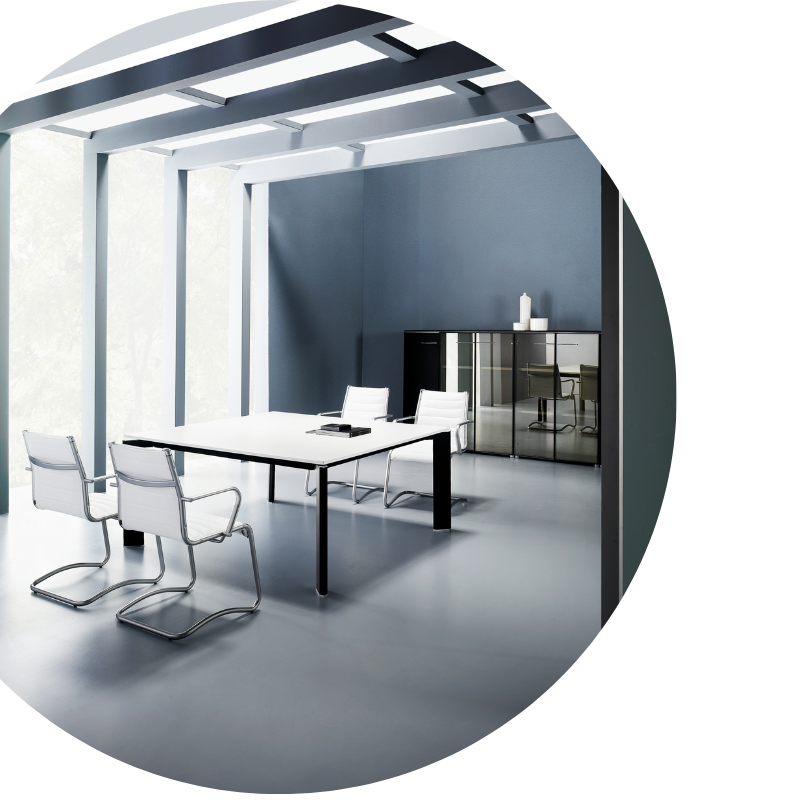CRE Loans
Commercial Real Estate Loan Benefits
Loans make commercial property more affordable.
Wide variety means any business can find the right loan.
Many different types of properties can be financed.

What is a CRE loan?
There are loan options to match every kind of business need. Buy and hold business property or buy and resell it to grow income. Short-term loans help you close on prime properties before the competition. Long-term loans let you spread out real estate costs over 10 years or more. Even if your credit is under repair, there’s a CRE loan that can benefit your business. Grow your assets every month instead of sending your profits out the door. Ask your broker about finding the CRE loan that fits your specific needs.
The cost of Commercial Real Estate is typically much higher than that of a home.
Interest rates, maturities, down payments, and maximum amounts vary by lender across a broad spectrum. Another term to be familiar with is the loan to value ratio or LTV. This is the loan amount divided either by purchase price or appraised value of the property. LTVs range between 65% to 100% depending on the lender.

Traditional and non-traditional lenders available to you
In Capital Accessible Through Our Network
Fastest time to funding through Platz Capital

Owner-Occupied
Some lenders, like the SBA, only fund CRE if you’ll be using part of the property for your own business. That means you need to occupy at least 51% of the building’s available space. You can rent the rest of the space out to other businesses as a way to generate additional income

Investment
Investment properties are income-generating; mainly hotels, apartments, office buildings, and retail centers. These provide regular income that can offset the cost of the loan. Loans for investment properties use the net operating income, or NOI, in the loan calculation.

Fix & Flip
Yes, CRE loans can be used to “flip” commercial properties. These loans cover not only the purchase of the property but also renovation costs. Fix & Flip loans are short-term and usually free from prepayment penalties. Proceeds from the property sale can satisfy the loan, letting you move on to the next opportunity.
1
Step 1 – Preapplication
This is the step the banks miss. You’ll give us simple information that will help us position you for funding.
2
Step 2 – Financing Selection
Our team sources and presents offers along with the critical information you need to make decisions.
3
Step 3 – Closing
We facilitate the process from final selection to closing to create the smoothest process possible.
